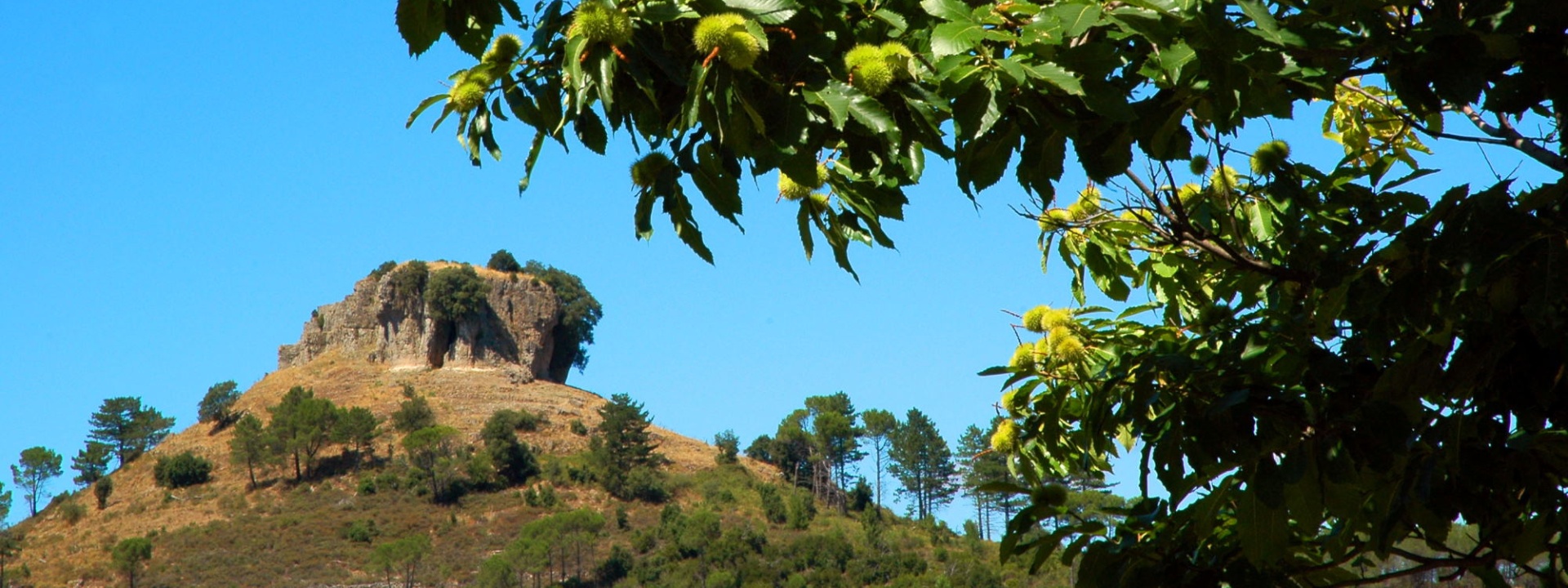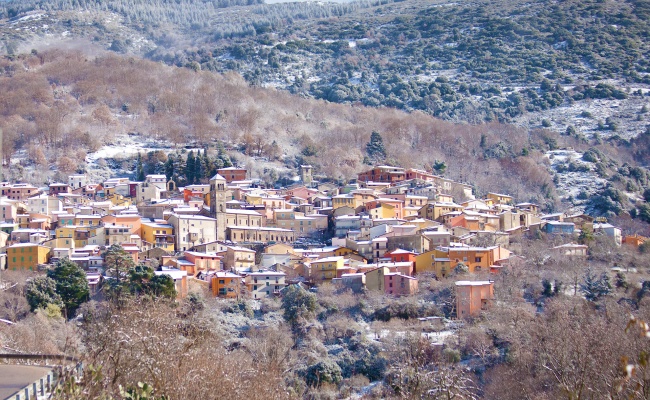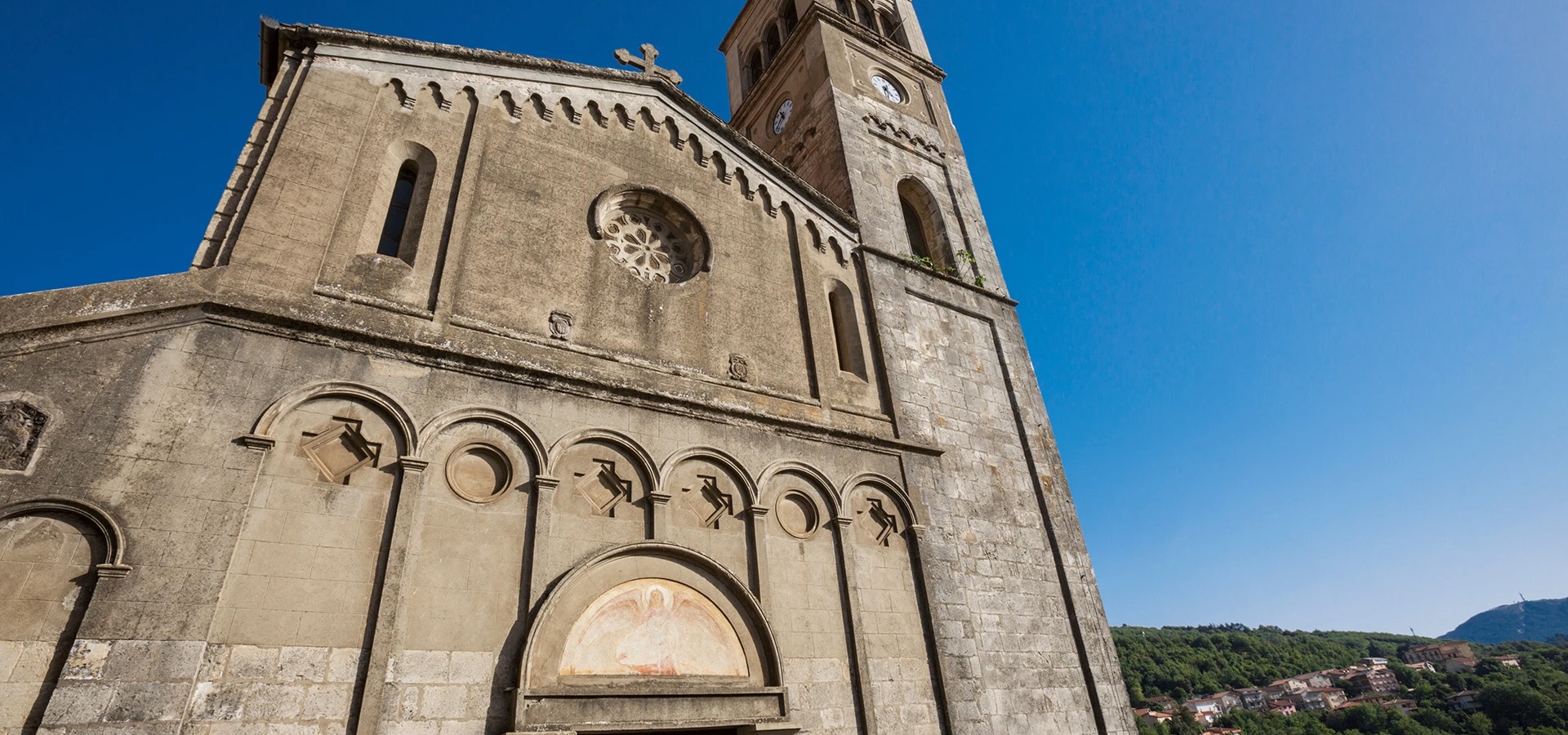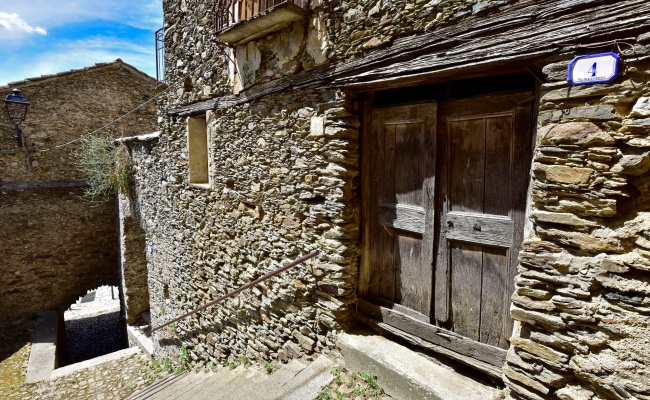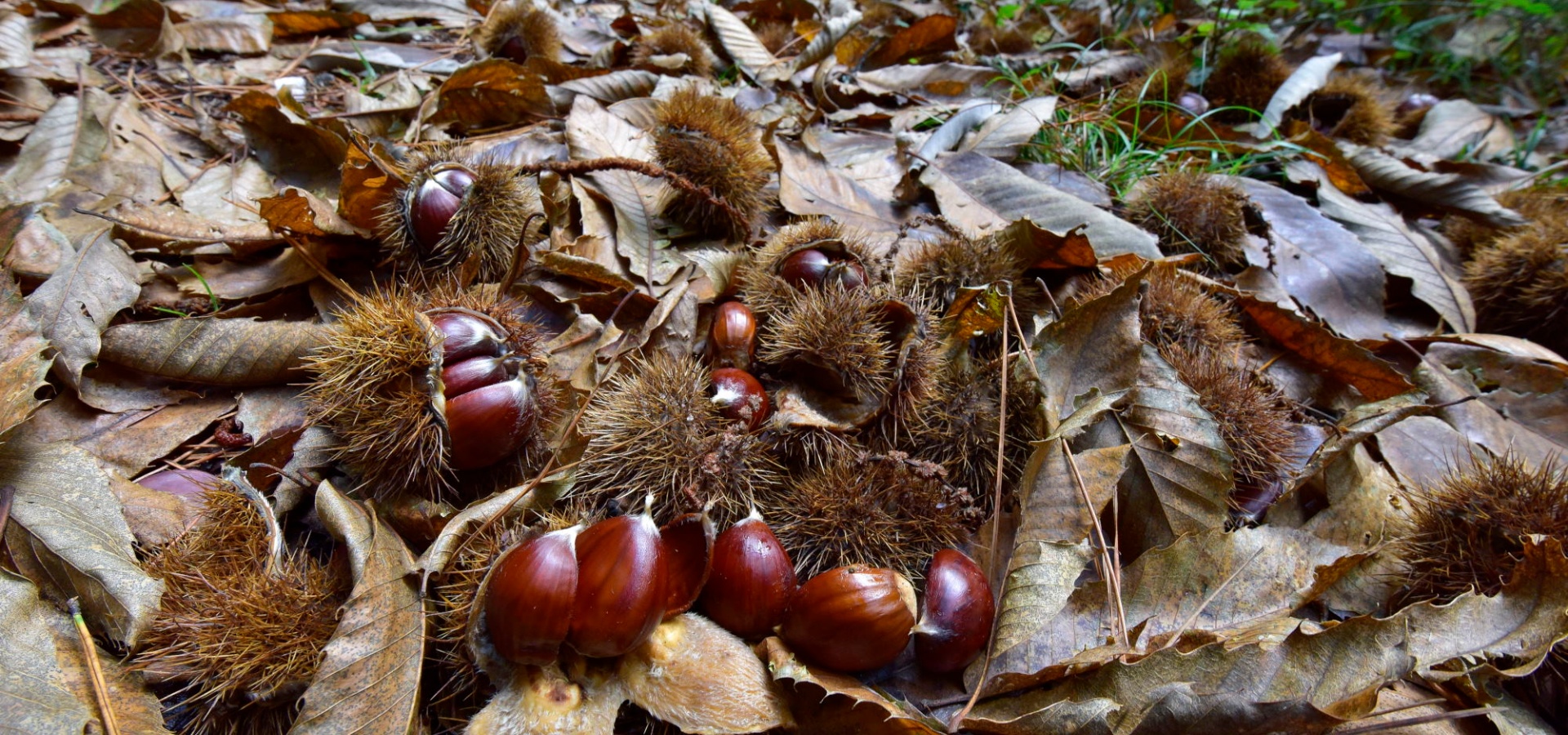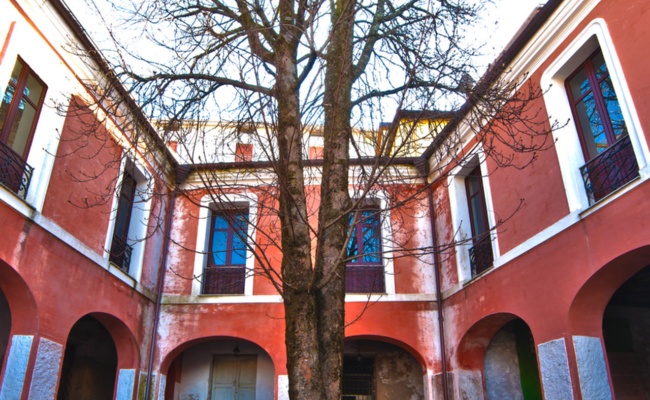Aritzo
Description
Aritzo is located inland, in a valley blanketed with forests, at an altitude of 800 metres and in the heart of the atmospheric Gennargentu massif.
In the village, amidst the houses with stone facades and wooden or cast-iron balconies looking out onto the flagstoned streets, you find the parish church of San Michele Arcangelo, which traces back to the year 1000. A renovation in 1914 gave the church an elegant, grand air, while keeping the Gothic-Aragonese sections (fourteenth to fifteenth century) intact. There are numerous works of art inside the church, including paintings, statues, an eighteenth-century organ and a polychrome marble altar.
Today, the Spanish jail hosts a fascinating exhibit on witchcraft, instruments of torture and the Inquisition in Sardinia, which was called Bruxas.
Aritzo also has an ethnographic museum, the Museo Etnografico della Montagna Sarda, with a collection of traditional clothing, Carnival masks, artisan tools and kitchen implements that reconstructs the agricultural and pastoral culture of Barbagia.
The town is especially famous as the ‘chestnut capital’ and holds a chestnut festival at the end of October, during Autumn in Barbagia.
 Nuorese Cultural District
Nuorese Cultural District